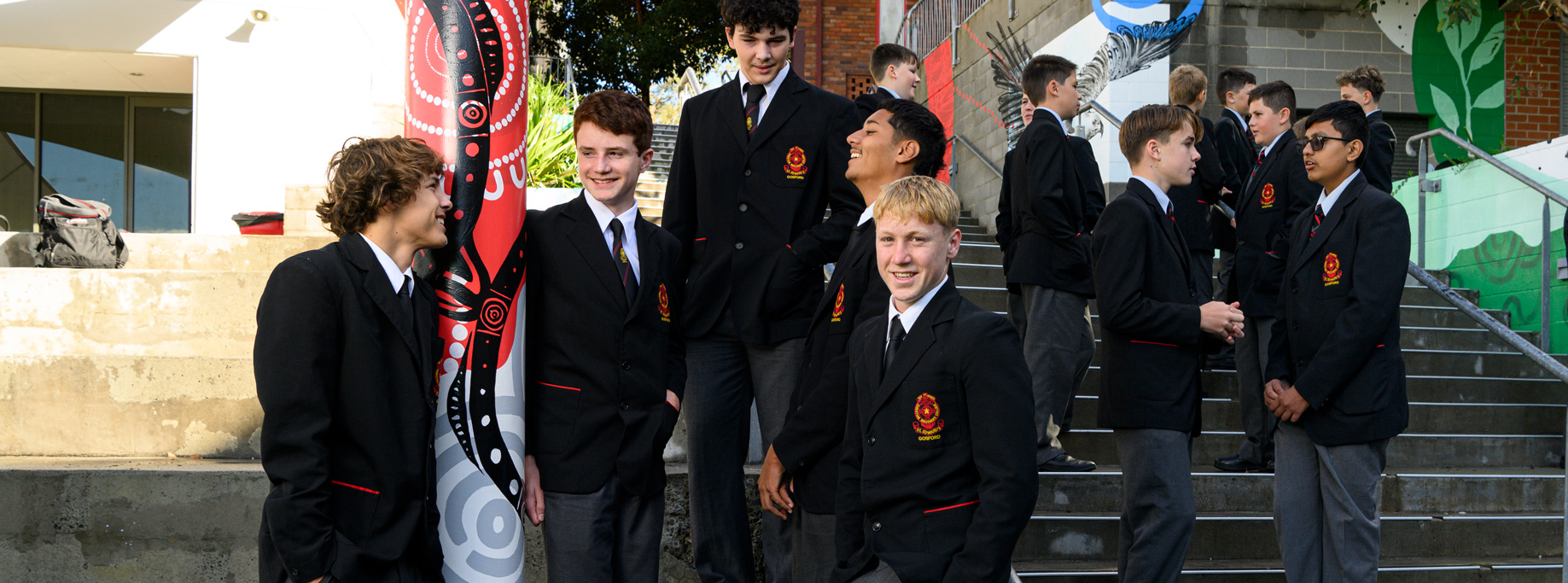
It’s been estimated that there will be at least four children in every Australian classroom who are experiencing an anxiety disorder at some stage during a year. Anxiety is not restricted to secondary schools. Children as young as four are now presenting with symptoms of anxiety, manifested in headaches, tantrums and refusal to go to school.
Anecdotal evidence suggests that there is still a stigma attached to anxiety, as some people still seem to associate it with weakness and don’t understand the difference between normal feelings of stress and crippling anxiety.
Anxiety is Normal
Anxiety is the body’s response to fear, real or perceived. It’s our body’s way of protecting us when we’re in danger. It’s completely normal to feel anxious from time to time. A child might feel anxious about speaking in front of their class or a teen might feel anxious about an exam. Those anxious feelings can act as a motivator to do more revision or be better prepared. With ‘normal’ anxiety, when the stressful event has passed, the anxious feelings pass too.
We can liken our anxiety response to a smoke alarm. The alarm is designed to alert us to fire, a danger that can threaten our lives. Anxiety becomes a problem when the mind’s alarm system is extremely sensitive and responds when there’s no genuine danger present.
Anxiety needs to be addressed when it starts interfering with daily life. Kids and teens with anxiety experience the symptoms when they’re actually quite safe; the danger is only imagined. And sometimes anxiety shows up for no reason at all.
Parents are well positioned to provide kids with the tools and skills to regulate their anxiousness. Here are four critical skills to teach kids to help them self-manage feelings of anxiousness:
1. Breathing to Calm Down the Anxiety
When it comes to calming down anxiety, the brain ‘listens’ to the body. Kids and teens can show their brain they’re safe using deep, slow breathing. This type of breathing helps bring the brain down from high alert and signals the nervous system to begin to return to normal. Encouraging kids to practise deep breathing in between times of high anxiety is essential. By practising, they’re preparing their body to also be able to calm down using breathing when the fight or flight response is in full swing.
2. Mindfulness to Bring Kids into the Present
Generally kids become anxious about future events such as giving a talk, starting secondary school or going into an unfamiliar situations. They can be perfectly safe yet their bodies can respond as if they are in danger because they are thinking about what may happen. Mindfulness is a great tool to bring kids into the present and relieve them of their feelings of anxiousness.
3. Exercise to Dissipate Anxiety
Exercise plays a huge role in anxiety management, yet children’s lifestyles are increasingly sedentary. Exercise and movement help kids regulate their moods and reduce the symptoms of anxiety. Play and exercise help to ease muscle tension, regulate breathing and induce the release of ‘feel-good’ neurotransmitters.
4. Thought-Noticing to Shift Thinking
Thought-noticing is a wonderful skill set that helps kids to better manage their mental health. When kids tune into their thinking, they can immediately distance themselves from it. Rather than being lost in the thoughts that are making them feel anxious, they can mentally step back and see the thought for what it is – a thought which comes and goes, and not a fact.
Breathing, mindfulness, exercise and thought-noticing are best taught and practised when kids are not under stress. They are most effective when they become an entrenched part of kids’ lifestyles rather than an activity to be called upon from time to time.







